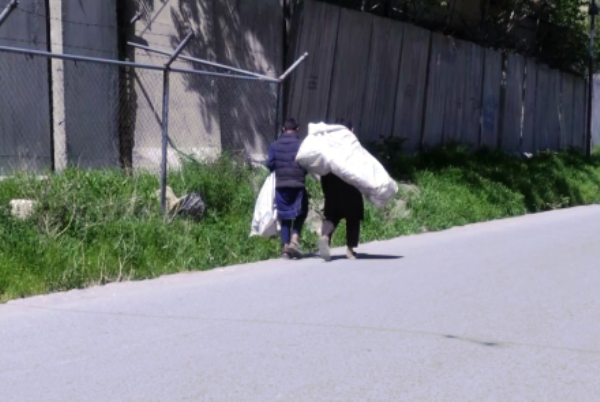The Global Multidimensional Poverty Index 2024 has reported that 58.9% of the poor population in Afghanistan consists of children.
This 37-page report stated that the number of poor children is nearly five million more than adults.
The Global Multidimensional Poverty Index report said: “From 2015/2016 to 2022/2023 poverty rose by more than 5.2 percentage points, with 5.3 million additional people—1 in 20 Afghans—falling into multidimensional poverty.”
“I work as much as I can, and I give 100 to 250 afghani ($1.5 – $3.8) to cover household expenses. I buy milk with 20 afghanis from that money,” said a child laborer.
This statistical research examined the multidimensional poverty situation in 112 countries with a population totaling 6.3 billion people.
Meanwhile, the Ministry of Economy said that efforts are underway to reduce poverty in the country.
According to Abdul Latif Nazari, the Deputy Minister of Economy, programs are being planned to improve access to basic services and create job opportunities for the poor.
The deputy minister of economy said: “The policy of the Islamic Emirate is to support child laborers. We aim to provide education opportunities for them and implement programs to empower working children so they can serve society and support their families.”
Some economic experts in Afghanistan said that the lack of effective economic programs and the mismanagement of domestic resources are fundamental causes of rising poverty in the country.
“To eliminate poverty and direct aid efforts in a way that truly reduces poverty, we need to drive it through GDP,” said Sayed Masood, an expert in economic issues.
According to this report, 1.1 billion people worldwide live in multidimensional poverty, with nearly half a billion of them residing in war-torn and conflict-ridden countries and regions.
Multidimensional poverty refers to individuals’ inability to access basic needs of life such as education, healthcare, housing, and nutrition, in addition to a lack of income.












